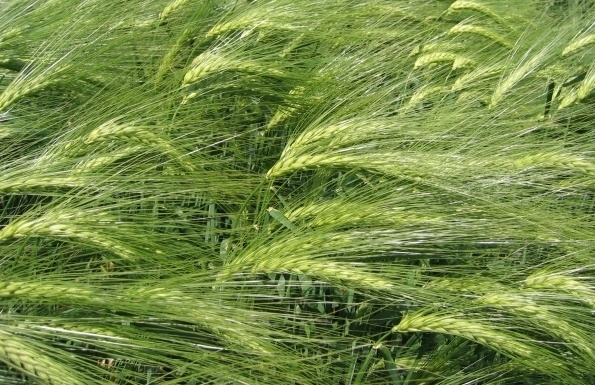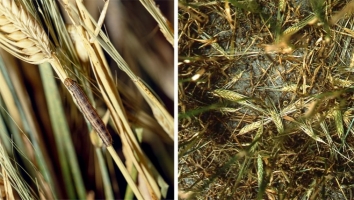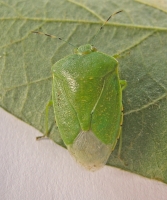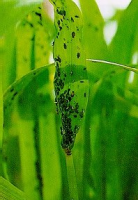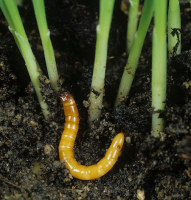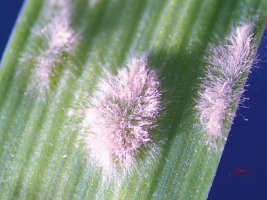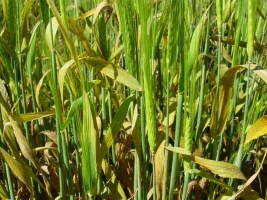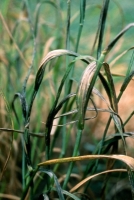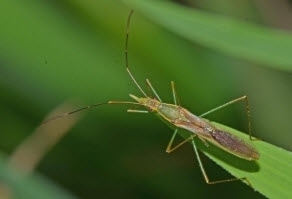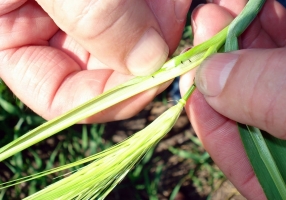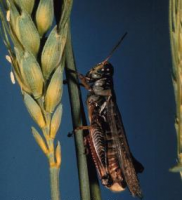PL 891: It is a huskless variety. Sattu, Flakes. Dalia, flour can be made from this variety. It gives an average yield of 16.8qtl/acre.
DWRB 123: It is suitable for making beer products. It gives an avergae yield of 19.4qtl/acre.
PL 419: This variety suitable under rainfed condition. It has broad upright leaves. Plant height is 80 cm. Resistant to yellow rust and smuts has thin husked bold seeds. Matures in 130 days. Gives average yield of 14 qtl/acre.
PL 172: Suitable for throughout Punjab state under irrigated condition. It is six row semi dwarf variety. Resistant to lodging. It is suitable for malting. It matures in 124 days. It gives average yield of 14 qtl/acre.
PL 807: Medium broad and upright leaves. It is highly resistive to lodging. Ears are dense and erect. Grains are of medium and light yellow color. It is resistant to brown rust, yellow rust and loose rust. Ready to harvest in 137 days. Give average yield of 17.2 qtl/acre.
DWRUB52: This variety is having profuse tillering. Plant height is about 101 cm. Ears are dense, erect, arrow shaped and of medium size. It is resistant to brown rust, yellow rust and loose rust, covered smut and leaf blight disease. Give average yield of 17.3 qtl/acre.
VJM 201: Two variety having narrow and upright leaves. Plant height is of 118 cm. this variety prone to less lodging. Ears are dense and tapered. Grains are bold and white with thin husk. It is resistant to brown rust, yellow rust and loose rust and stripe disease. It is suitable for brewing industry. Matures in 135 days. It gives average yield of 14.8 qtl/acre.
BH 75: Semi dwarf, early maturing variety. It gives resistant to yellow rust. It is used for malting purpose.
BH 393: Suitable for Punjab and Haryana state. It is sown under irrigated and timely sown areas.
PL 426: It is semi dwarf variety, ready to harvest in 125 days. Suitable for cultivation under irrigated areas. It gives resistant to lodging, yellow rust, loose and covered smuts. Its grains are bold. It gives average yield of 14.5 qtl/acre.
Other States Variety
RD 2035, BCU 73, DWRUB 64, RD 2503
PL 751, NARENDRA BARLEY 2, GETANJALI (K1149)

